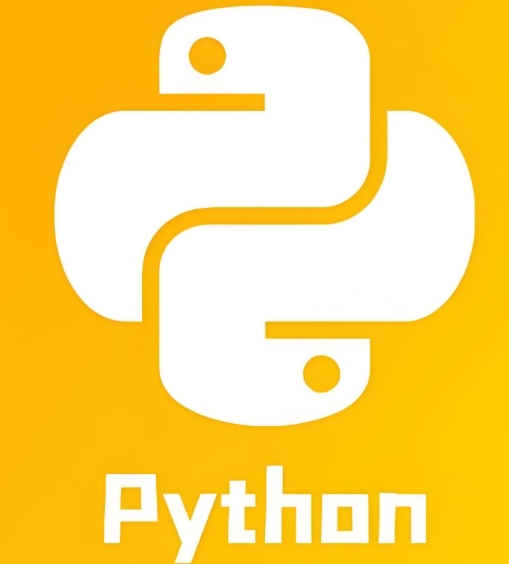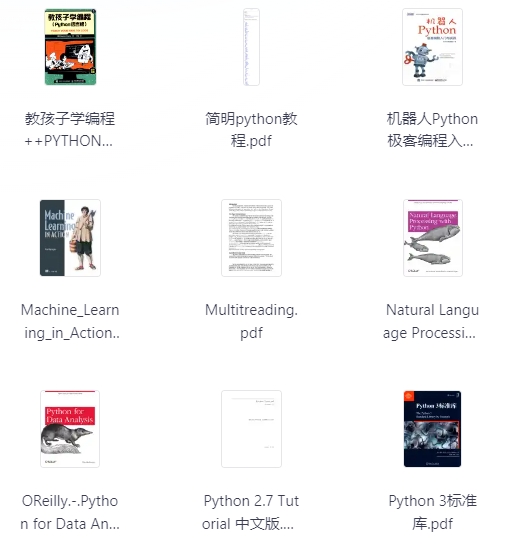python注释的使用规范,确保对模块, 函数, 方法和行内注释使用正确的风格
文档字符串
Python有一种独一无二的的注释方式: 使用文档字符串. 文档字符串是包, 模块, 类或函数里的第一个语句. 这些字符串可以通过对象的__doc__成员被自动提取, 并且被pydoc所用. (你可以在你的模块上运行pydoc试一把, 看看它长什么样). 我们对文档字符串的惯例是使用三重双引号”””( PEP-257 ). 一个文档字符串应该这样组织: 首先是一行以句号, 问号或惊叹号结尾的概述(或者该文档字符串单纯只有一行). 接着是一个空行. 接着是文档字符串剩下的部分, 它应该与文档字符串的第一行的第一个引号对齐. 下面有更多文档字符串的格式化规范.
模块
每个文件应该包含一个许可样板. 根据项目使用的许可(例如, Apache 2.0, BSD, LGPL, GPL), 选择合适的样板.
函数和方法
下文所指的函数,包括函数, 方法, 以及生成器.
一个函数必须要有文档字符串, 除非它满足以下条件:
- 外部不可见
- 非常短小
- 简单明了
文档字符串应该包含函数做什么, 以及输入和输出的详细描述. 通常, 不应该描述”怎么做”, 除非是一些复杂的算法. 文档字符串应该提供足够的信息, 当别人编写代码调用该函数时, 他不需要看一行代码, 只要看文档字符串就可以了. 对于复杂的代码, 在代码旁边加注释会比使用文档字符串更有意义.
关于函数的几个方面应该在特定的小节中进行描述记录, 这几个方面如下文所述. 每节应该以一个标题行开始. 标题行以冒号结尾. 除标题行外, 节的其他内容应被缩进2个空格.Args:列出每个参数的名字, 并在名字后使用一个冒号和一个空格, 分隔对该参数的描述.如果描述太长超过了单行80字符,使用2或者4个空格的悬挂缩进(与文件其他部分保持一致). 描述应该包括所需的类型和含义. 如果一个函数接受*foo(可变长度参数列表)或者**bar (任意关键字参数), 应该详细列出*foo和**bar.Returns: (或者 Yields: 用于生成器)描述返回值的类型和语义. 如果函数返回None, 这一部分可以省略.Raises:列出与接口有关的所有异常.
def fetch_bigtable_rows(big_table, keys, other_silly_variable=None):
"""Fetches rows from a Bigtable.
Retrieves rows pertaining to the given keys from the Table instance
represented by big_table. Silly things may happen if
other_silly_variable is not None.
Args:
big_table: An open Bigtable Table instance.
keys: A sequence of strings representing the key of each table row
to fetch.
other_silly_variable: Another optional variable, that has a much
longer name than the other args, and which does nothing.
Returns:
A dict mapping keys to the corresponding table row data
fetched. Each row is represented as a tuple of strings. For
example:
{'Serak': ('Rigel VII', 'Preparer'),
'Zim': ('Irk', 'Invader'),
'Lrrr': ('Omicron Persei 8', 'Emperor')}
If a key from the keys argument is missing from the dictionary,
then that row was not found in the table.
Raises:
IOError: An error occurred accessing the bigtable.Table object.
"""
pass
类
类应该在其定义下有一个用于描述该类的文档字符串. 如果你的类有公共属性(Attributes), 那么文档中应该有一个属性(Attributes)段. 并且应该遵守和函数参数相同的格式.
class SampleClass(object):
"""Summary of class here.
Longer class information....
Longer class information....
Attributes:
likes_spam: A boolean indicating if we like SPAM or not.
eggs: An integer count of the eggs we have laid.
"""
def __init__(self, likes_spam=False):
"""Inits SampleClass with blah."""
self.likes_spam = likes_spam
self.eggs = 0
def public_method(self):
"""Performs operation blah."""
块注释和行注释
最需要写注释的是代码中那些技巧性的部分. 如果你在下次 代码审查 的时候必须解释一下, 那么你应该现在就给它写注释. 对于复杂的操作, 应该在其操作开始前写上若干行注释. 对于不是一目了然的代码, 应在其行尾添加注释.
# We use a weighted dictionary search to find out where i is in # the array. We extrapolate position based on the largest num # in the array and the array size and then do binary search to # get the exact number. if i & (i-1) == 0: # true iff i is a power of 2
为了提高可读性, 注释应该至少离开代码2个空格.
另一方面, 绝不要描述代码. 假设阅读代码的人比你更懂Python, 他只是不知道你的代码要做什么.
# BAD COMMENT: Now go through the b array and make sure whenever i occurs # the next element is i+1




最新评论